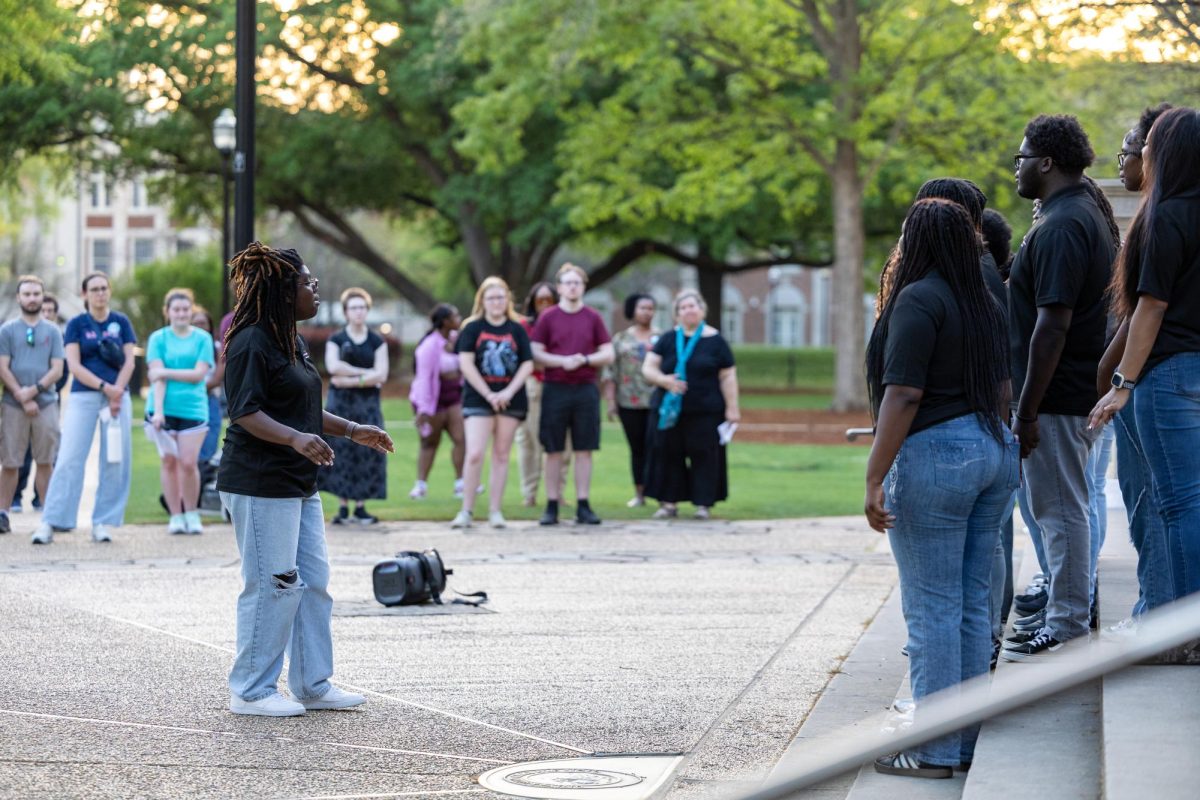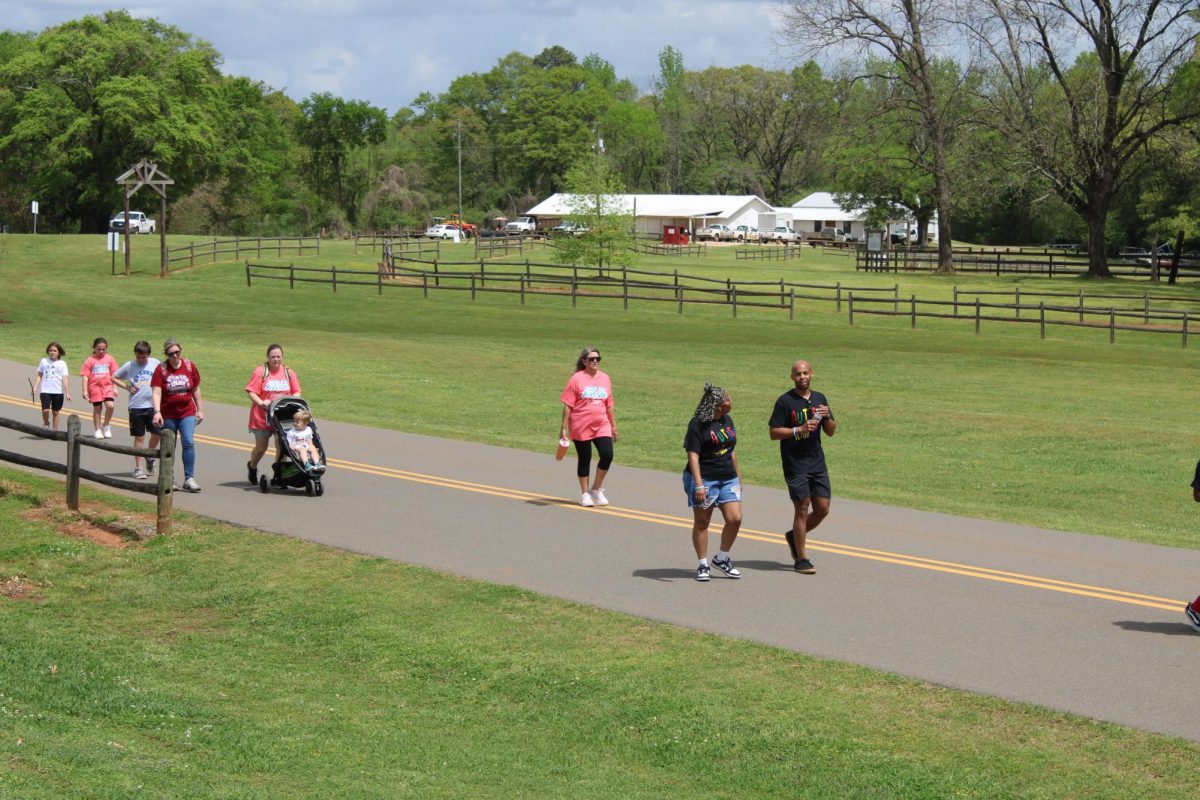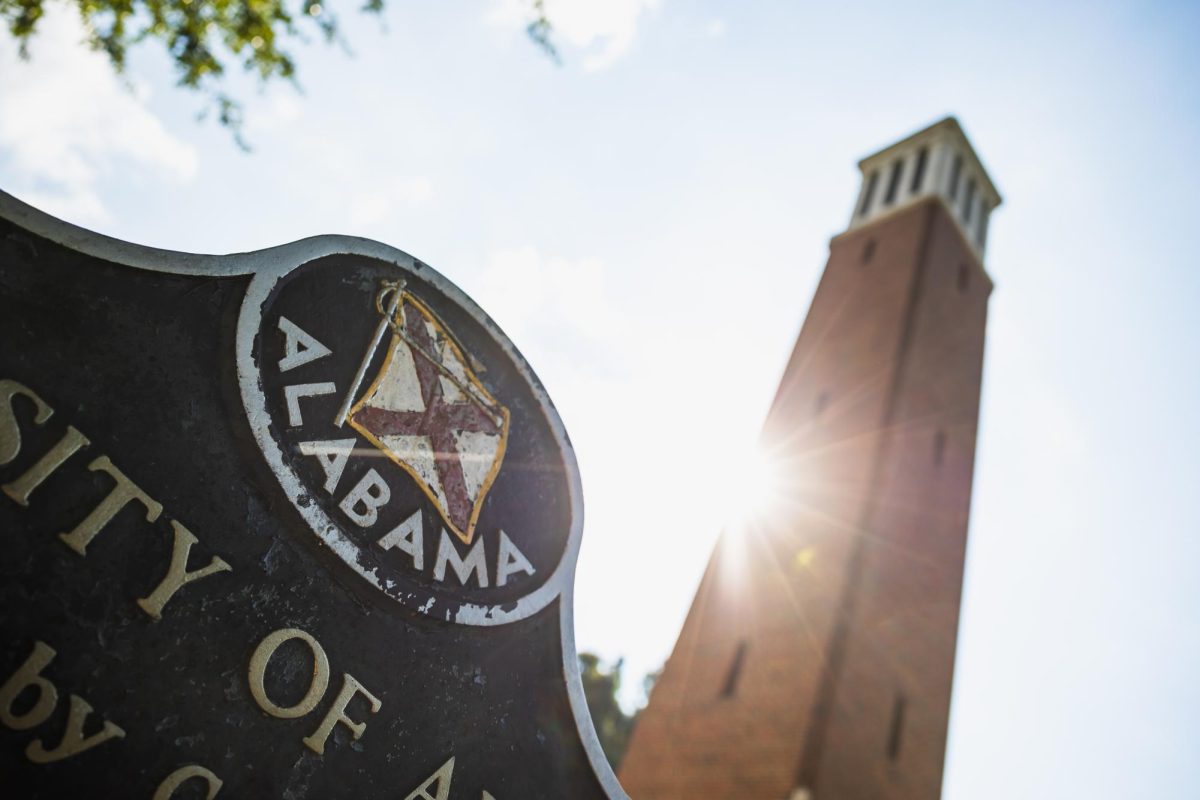Death rates, or mortality, have surpassed birth rates, or natality, in the state of Alabama since 2020, according to research by Nyesha Black, director of demographics at the University’s Center for Business and Economic Research. This new information heralds a time of change for the state, which is already undergoing large shifts in population.
Black, while also working for the University and in Birmingham’s city planning, is Alabama’s unofficial statewide demographer — “unofficial” because the state government in Montgomery lacks such a position. Her research has covered sociological topics from the ecology of obesity to slavery’s legacy in heart disease diagnoses.
Currently, she works with the Culverhouse College of Business to support economists by providing “workforce forecasting,” analyzing demographics to determine how many people will be eligible to work at a given time in the future.
The economy runs on workers, and Alabama’s working population is getting older, due in part to lowered birth rates but also to a complex series of interlinking choices that make up the population. However, Black said that to narrow the entire state down to just one statistic is oversimplifying the situation, as each individual community has its own story.
“Not all counties reflect the average,” she said. “The population dynamics of the state are complex. We have some unique challenges because of our aging population, and it kind of differentiates us from the national average as well as some of our Southern peers.”
Despite decreasing natality locally, Alabama has one of the highest birth rates nationwide, so the biggest change occurred in its mortality, which shot past the birth rate after the pandemic in what Black calls a “demographic tipping point.” This means that Alabama’s growth will be more dependent on another key part of demography: migration.
“Alabama is becoming a hub for out-of-state retirees,” Black said, ”while also losing much of what economists call the “prime age working population.” In this case, students from the University, among other Alabamian institutions of higher education, are shaping the trend, as a study from the Alabama Commission on Higher Education found that only a third of college students report planning to stay in the state.
“Students’ decisions about where they live and where they decide to start their families definitely shape Alabama’s demographics, and ideally we want to incentivize more of our brain trust, or our most educated population, to remain in the state,” Black said.
She also said that this phenomenon was not one unique to the South. Many Alabama students are being drawn to other Southern states with major cities that have more cultural cachet, like Dallas, Houston and Atlanta. Alabama, in the future, is going to be in competition with these neighboring states to draw in “domestic and international migrants” to join its workforce, Black said.
Alabama has reacted to these changes by promoting its strengths, like low cost of living and natural beauty. Black said that it was important that the state continue to market its appeals and amenities, as well as place more students in local industries with jobs and internships.
“I’m of two minds because, as you know, this is a capitalist economy,” Black said, “Students are trying to maximize their income in the marketplace and, in some ways, we need to encourage that. We have to make the state economically diverse so that there are various industries that students can move into and that there can be opportunities for movement across their career both horizontally and vertically.”
As birth rates continue to decline, universities will also be having to compete to matriculate students, a phenomenon that demographers have called a “demographic cliff.” Schools across the country will be affected, and many could feel economic pressure to close down as Birmingham Southern did only last year.
Change is on the horizon, Black forecasts, and everyone participating in the economy will be impacted by these shifts. Already, she cites how demographic shifts have changed working culture, that working in a place for 20-25 years “is becoming a foreign concept” as people are searching for better wages or being laid off.
“My word of advice as a fellow Alabama alum… be very judicious about your money,” Black said. “I think it is wise to have a safety net in place for those potential economic disruptions.”
Even as the state is buffeted by changing economic headwinds, Black said that the best course of action is to be mindful about the current climate and careful with spending. Still, she thinks that students shouldn’t be discouraged by the modern economy.
“Life is not always linear, and our careers aren’t linear either,” Black said. “You just make the best choices with the information that you have.”









